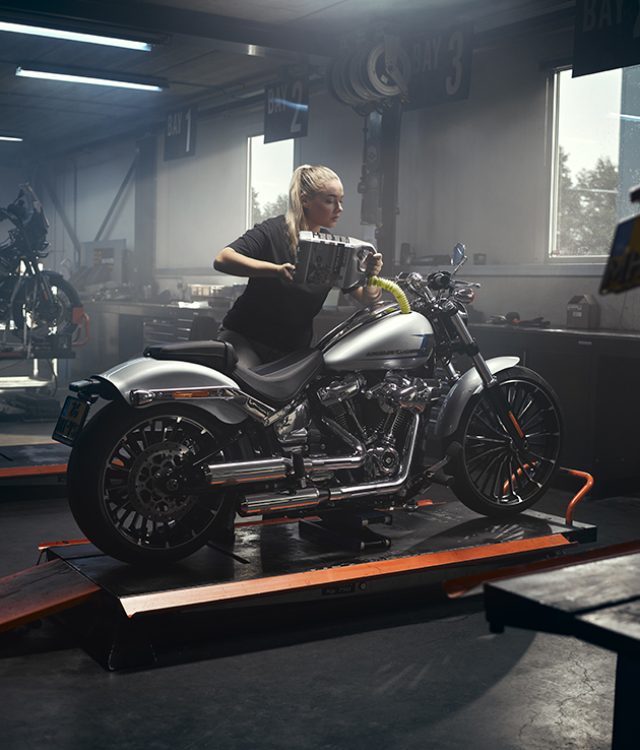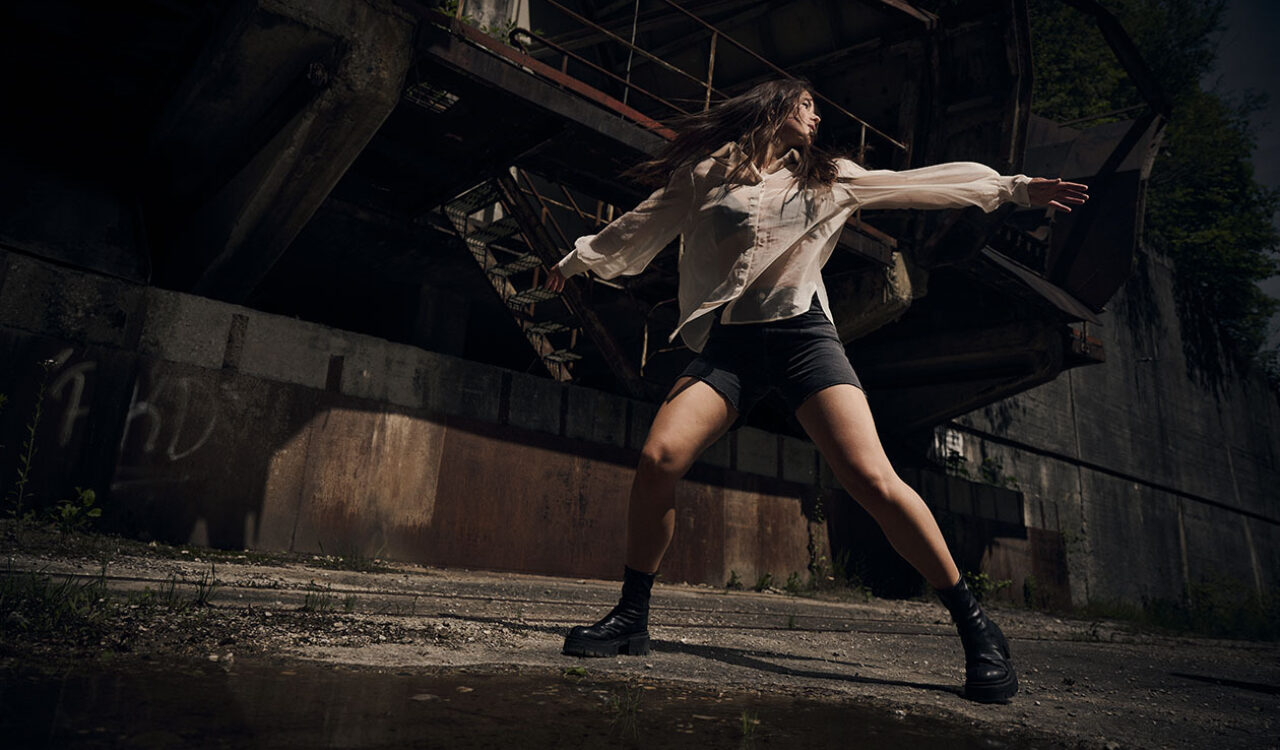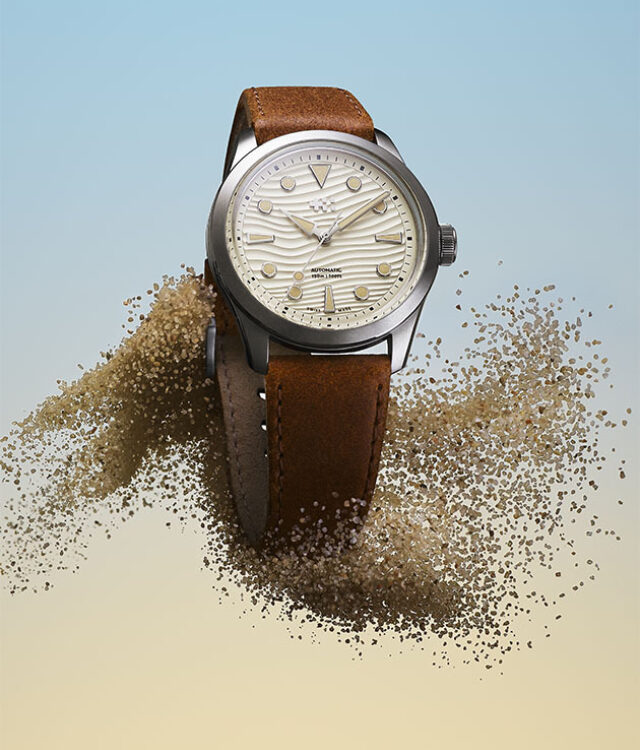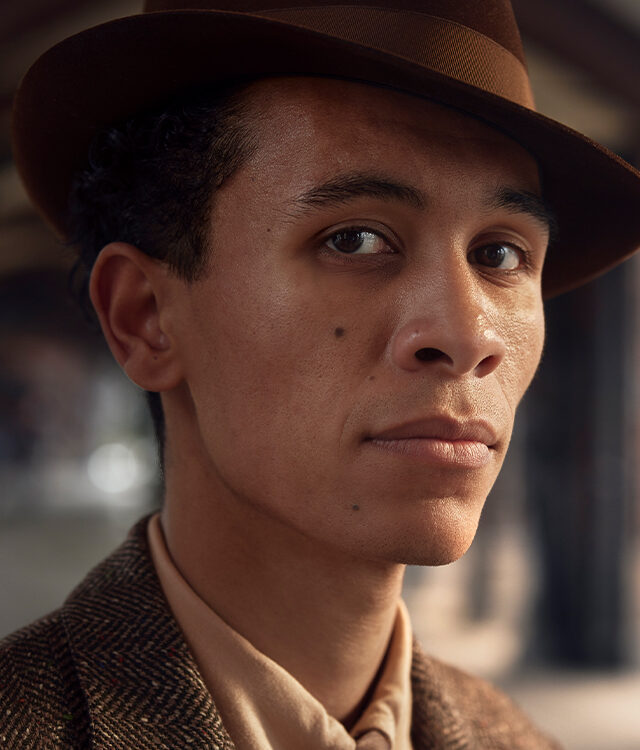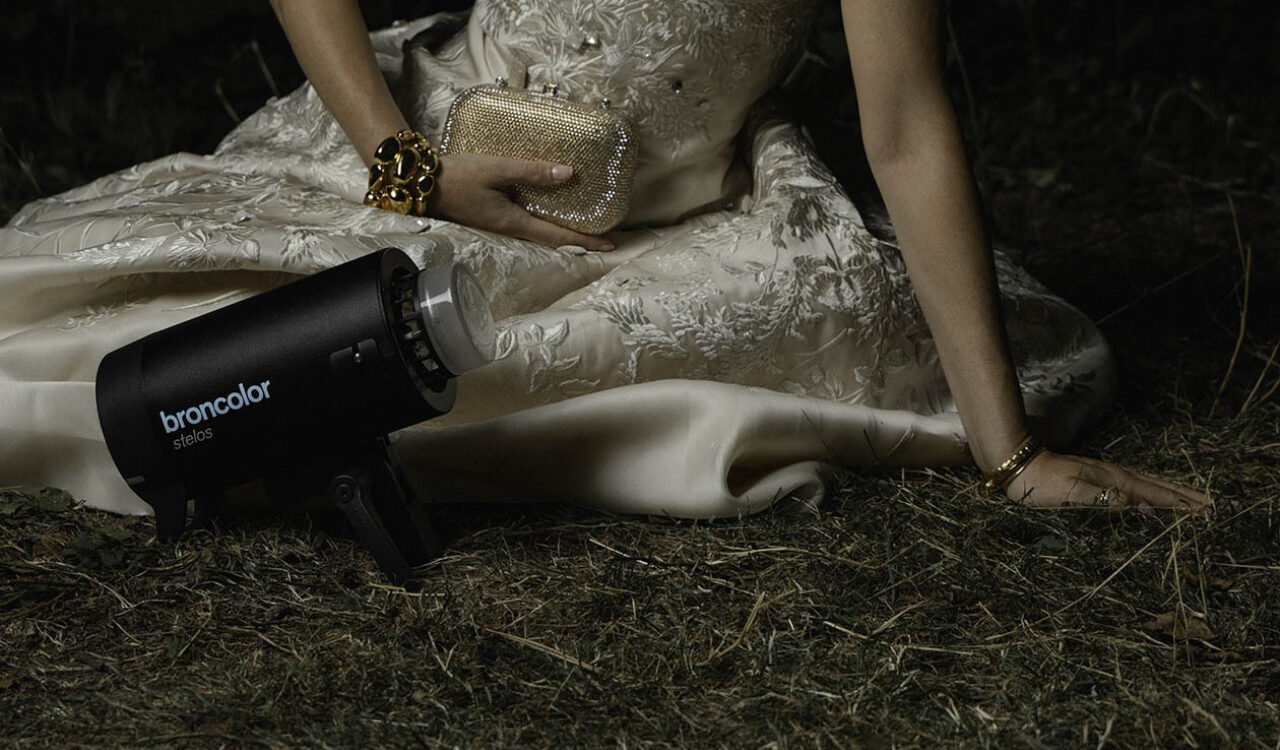As part of the broncolor webinar series, we were allowed to look over Claudia Link's shoulder during a food shoot. In her studio, in addition to the well-known photo equipment, there is a professional kitchen where she produces high-quality photos for well-known magazines together with food stylists. Afterwards, Claudia answered a few questions about herself and food photography.
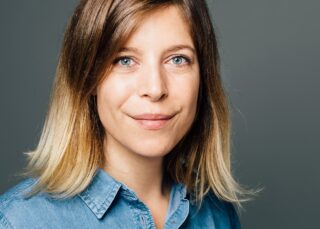
How did you get into food photography?
I got into food photography through countless photo reports in the gastronomy sector. Actually, it was more by chance that I became interested in culinary art and its staging. Over time, I got more and more in touch with this exciting field of photography.
Do you also work in other photographic fields?
I am broadly based and appreciate variety. I work in the field of portrait photography, go on travel reports and create image worlds for large and small companies. I need the variety. My personal projects are especially important to me, where I can develop photographically. New challenges are very appealing and important for my work as a professional photographer.
What do you think distinguishes food photography from other commercial photography?
Food photography can be very different. In my opinion, the emotional level is very important. Food is something sensual. Taste, mood and aesthetics have to be conveyed to the viewer. There is no right or wrong, nor is there a manual of how food photography has to be. I think it's important to have an interest in the subject matter and a fascination with food photography.
Do you design your sets yourself or do you work with food stylists?
Whether I have a stylist on staff depends on the nature of the assignment. A gourmet chef often likes to dress his dishes himself. Otherwise, working with a food stylist is very important to me for the styling of the settings and the dishes. This way I can focus completely on the image and always have an expert at my side. I really appreciate working in a team and I'm convinced that only teamwork produces the best results.
Do you have a standard light set and what does it look like?
For food and culinary photography, I always work with a basic light. I adjust the other lights and light shapers according to the client's requirements. I regularly observe the trends in working with light and am very open to new things. Personal, free projects allow me to play with new lighting designs. I think it's important that lighting doesn't become a routine and that you dare to try something new.

How many of your jobs are realised in your studio and how often are you on location (e.g. in the kitchens of your clients or in restaurants)?
I work more and more on location. That means I work at the client's location and install myself there with my equipment. But there are still jobs that I produce in the studio.
What are your favourite light shapers - and why?
I mainly work on location with the mobile, battery-operated Siros L. I am very flexible and do not need an additional power supply. The units are easy to transport and not heavy. When it comes to light shapers, I prefer the 90x120 cm Softbox (often with the light grid) and the 60x60 cm Softbox. Sometimes I also like to work with the large 120x180 cm Softbox.
Do you also work with power packs?
I still work with two generators in the studio (Grafit A2 and A4). Despite their age, they still work perfectly. When I am on the road, I always have my two Siros 800/400 L with me.
In your opinion, what is the minimum lighting equipment for people starting out in food photography?
I recommend 2 lights and at least one of the larger Softboxes. One light that can be used as the main light and a second light for brightening. With additional tools like foldable reflectors or Sagex plates you are well covered to start with.
Why do you use and trust broncolor? Why would you recommend our light to others?
broncolor stands for quality. The products are beautifully finished and robust. It is essential for me that I can rely on my equipment. The operation is pleasant and I like the design and the presentation of the brand very much. In addition, I always have competent advice and trustworthy contact persons.
Do you use other "little helpers" besides light and light shapers?
I always have a large selection of other tools with me on my shoots. I like to work with folding reflectors, additional diffusers, different cardboard surfaces and Sagex plates.
What is your ultimate advice for our readers?
Observe and judge with intuition. I think it is very important to be playful with light and not to put the technique in the foreground. Consciously break the routines and always face new challenges.
We would like to thank Claudia Link for the insight into her working world and look forward to further cooperation.
Further information about Claudia Link and her work:
www.claudialink.ch
www.instagram.com/clau...







